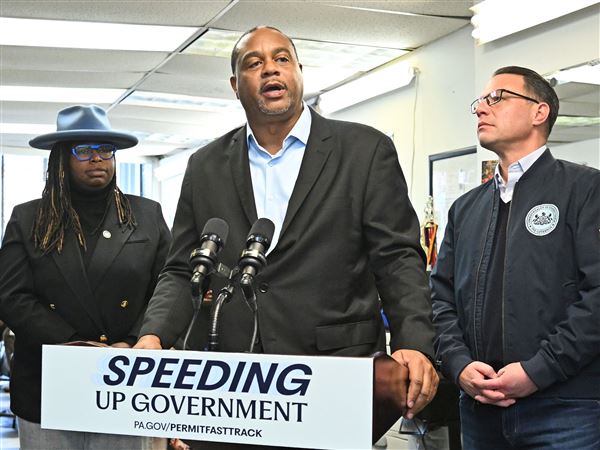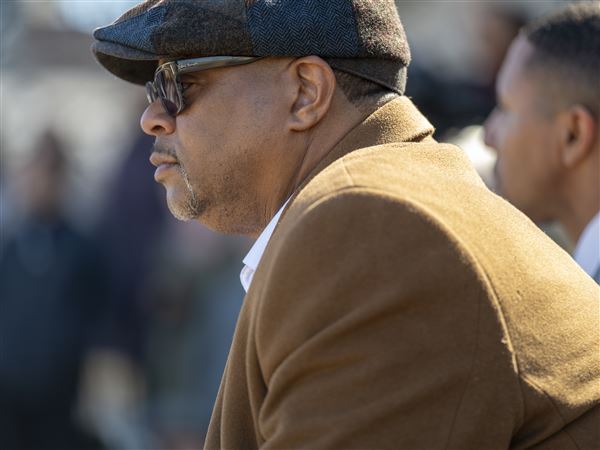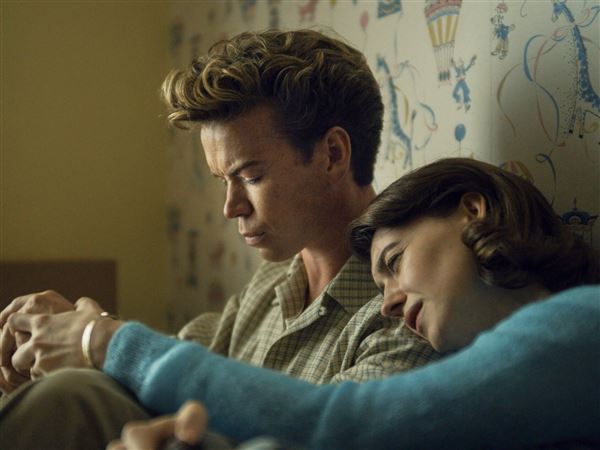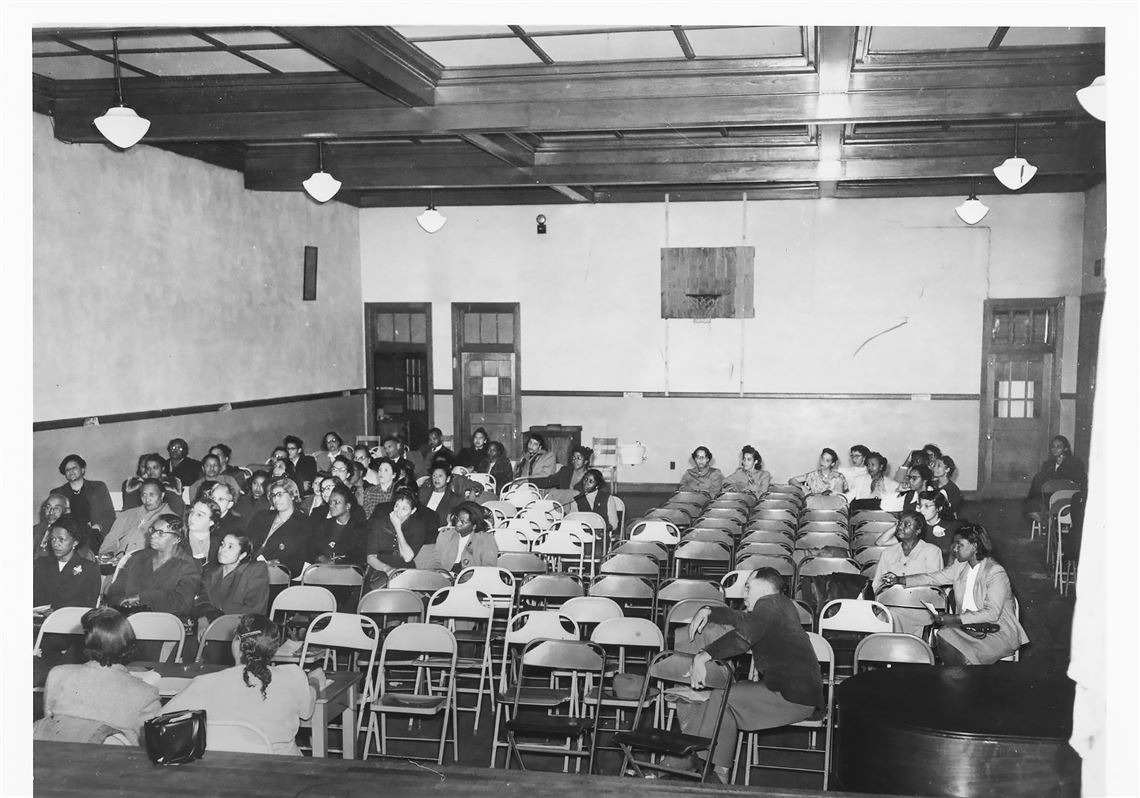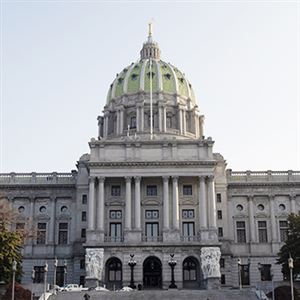this has a gobox at bottom — kk
It lacks the renown of Philadelphia’s Independence Hall, but Robert Russa Moton High School in Prince Edward County, Va., played a seminal role in the course of America’s human events. And now the site is getting its due, as part of the U.S. Civil Rights Trail launched this year.
The trail comprises more than 100 locations in 14 states. Some are well-known, such as the Edmund Pettus Bridge in Selma, Ala., where law enforcement officers beat civil rights marchers in 1965 on what became known as Bloody Sunday. Others are practically unknown, such as Moton High; even many Virginians are unaware of its importance.
The trail offers a timeline of significant dates in the civil rights movement. The student walkout at Moton High, which happened four years before Rosa Parks refused to yield her seat on a bus in Montgomery, Ala., is listed first.
“A lot of folks are coming to realize that you can’t tell the civil rights history of this country without starting with what happened here,” said Cameron Patterson, managing director of the Robert Russa Moton Museum.
It’s housed in the former high school in Farmville, a small town of 8,000 residents in central Virginia. As a reporter, then editor, of the Farmville Herald from 1979 to 2015, and author of an upcoming book about race relations in the county, I agree: The walkout had far-reaching consequences, both locally and nationally.
On April 23, 1951, 16-year-old Barbara Rose Johns led the student body at Moton High, a segregated, all-black school, into direct, nonviolent protest against the separatist stance of “Jim Crow.”
Their two-week strike was a defiant public stand against the separate and clearly unequal conditions at the overcrowded school, which included auxiliary classrooms that were little more than tar-paper shacks.
The strike was Miss Johns’ idea, and she enlisted a few trusted student leaders, including John Arthur Stokes and John Watson, for the meticulous, highly clandestine planning necessary to carry it out. The undertaking was so secretive that her 13-year-old sister was caught by surprise when she watched Miss Johns announce the strike from the stage in the Moton High auditorium.
“Never in my wildest dreams,” Joan Johns Cobbs said, could she have imagined the building becoming a museum.
Initially, Miss Johns and her classmates wanted a new school equal in quality to the white high school a few blocks away. After consulting with NAACP attorneys Oliver Hill and Spottswood Robinson III, however, the students and their families decided to seek more than “separate but equal” status. They filed suit to end school segregation.
Davis vs. School Board of Prince Edward County, named for ninth-grade striker Dorothy Davis, became one of five cases combined as Brown v. Board of Education. Moton High became, as the museum puts it, the “Student Birthplace of the Civil Rights Revolution.” And Farmville, the seat of Prince Edward County, would become ground zero for the fiercest and most prolonged resistance to school desegregation.
Three years after the walkout, the U.S. Supreme Court decided the landmark Brown case in the plaintiffs’ favor. But the fight wasn’t over. Virginia adopted a policy known as “Massive Resistance,” and approximately a dozen schools in three localities were closed in the fall of 1958.
When Virginia reversed course in February 1959, those schools reopened. But Prince Edward County’s Board of Supervisors voted in June 1959 to completely shut down their public schools rather than integrate. Most white students were educated in a private academy, while black students were left on their own. The public schools didn’t reopen until five years later, after the U.S. Supreme Court’s 1964 decision in Griffin vs. County School Board of Prince Edward County, which affirmed the constitutional right of every American child to a public education.
Miss Johns and her classmates offered a powerful example of young people pointing the way by challenging adults “to simply live up to their own words,” Sen. Tim Kaine, D-Va., wrote in an email.
The students, who were asked to say the Pledge of Allegiance every day, “would not accept a platitudinous incantation of ‘liberty and justice for all’ without questioning the unwillingness of their society to make good on the promise,” he said.
Beau Dickenson, social studies supervisor for Rockingham County (Virginia) Schools, considered it to be “a powerful lesson for high school students in particular because it demonstrates that even teenagers can leave their mark on history.” Students from Rockingham make the two-hour journey to Farmville every April for the “unique opportunity to experience Virginia’s civil rights history within the actual walls where these pivotal events unfolded,” Mr. Dickenson said.
The building that became a National Historic Landmark had seemed fated for demolition in the mid-1990s, when the Prince Edward County Board of Supervisors appeared prepared to sell the property to a developer. But public opposition emerged, and the Martha E. Forrester Council of Women launched an ultimately successful campaign to purchase the building and turn it into a museum.
It opened in 2001 and averages 10,000 visitors annually. Its six galleries tell the story from the student strike, through the Brown decision and “Massive Resistance,” to the rebirth of public schools in the community.
The trail’s interactive website (civilrightstrail.com) provides information about the museum and the statue honoring Miss Johns on the grounds of the state Capitol in Richmond, as well as a wealth of other resources to help followers understand the fight for civil rights.
“The old adage is true,” said U.S. Civil Rights Trail chairman Lee Sentell, who is also director of the Alabama Tourism Department. “We must know our history if we are not to repeat the mistakes of our past.”
Prince Edward County seems determined not to repeat those mistakes. In 2008, its multiracial board of supervisors installed a light dedicated to Miss Johns and the students, which shines in the tower atop the same courthouse in which their counterparts voted to shut down public education. On its marker, the county expresses regret for the pain it caused and the lost opportunities and dreams.
Last year, the Farmville Town Council renamed the community’s public library in honor of Barbara Rose Johns, who married the Rev. William Powell, had five children and became a librarian in Philadelphia’s public schools. She died in 1991.
Ms. Cobbs said her late sister “would be so shocked, but pleased” by these developments. While the light brings back painful memories, “at the same time, it reminds me of the fact that there are people of goodwill who seek to heal the community by their actions,” she said. “So, I feel a sense of peace when I see the light.”
The county, which is 64 percent white and 32 percent black, according to 2015 Census Bureau data, has changed in other ways since shutting its doors to black students 59 years ago. It gave President Barack Obama a majority of its votes in 2008 and 2012, and did the same for Hillary Clinton in 2016, one of just a handful of blue jurisdictions in a sea of red.
The museum is prominently featured on the community’s online tourism hub, Visitfarmville.com. (Other local attractions include the 31-mile-long High Bridge Trail State Park, which is popular with hikers, joggers, cyclists and horseback riders, and the 4-mile Farmville Blueway Paddle Trail, which attracts canoeists and kayakers.) Its inclusion on the U.S. Civil Rights Trail is being greeted enthusiastically by black and white residents alike.
Scott Harwood Sr. had finished his sophomore year in high school when the public schools closed, and would go on to graduate from the private, all-white Prince Edward Academy, now closed.
“It’s fantastic” that the museum is now on the U.S. Civil Rights Trail, he said. “I’ve always thought it was a hidden jewel. ... It has the fairest, most well-balanced storytelling that I’ve seen.”
Gene Watson, a member of the academy’s first graduating class, said the museum “is something we’re proud of. ... It’s a real plus for the community.”
Pattie Cooper-Jones, the first African-American woman to chair the Prince Edward County Board of Supervisors, shares their pride in the museum. She sees the trail as more than a tool for tourism.
“Its most important impact will be on the education of a whole new generation of Americans on the struggle to provide equal rights,” she said. “With the increased polarization in America, this trail, and the story it tells, is especially poignant and needs to be heard by every citizen.”
Mr. Dickenson, the social studies director, is glad the U.S. Civil Rights Trail will lead more visitors to the museum.
“It is particularly encouraging to see the students of today embrace the difficult stories of previous generations in order to better understand our present circumstances,” he said. “This fills me with hope that the current generation will bring about a brighter tomorrow.”
If you go
Robert Russa Moton Museum
900 Griffin Blvd., Farmville, Va.
434-315-8775
Information: motonmuseum.org, civilrightstrail.com
Visitors to this National Historic Landmark can view the museum’s permanent exhibition, “The Moton School Story: Children of Courage,” which tells the story from the student strike, through “Massive Resistance,” to the rebirth of public education. They also can visit the auditorium where the strike started. Closed Sundays. Open noon-4 p.m. Monday through Saturday and by appointment. Free.
First Published: September 3, 2018, 12:00 p.m.
